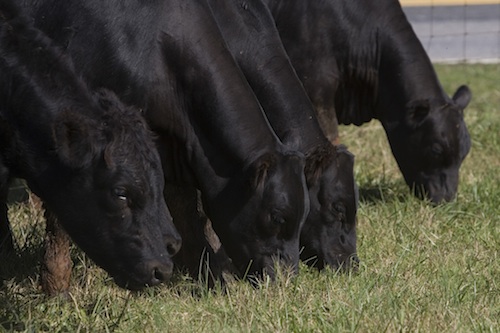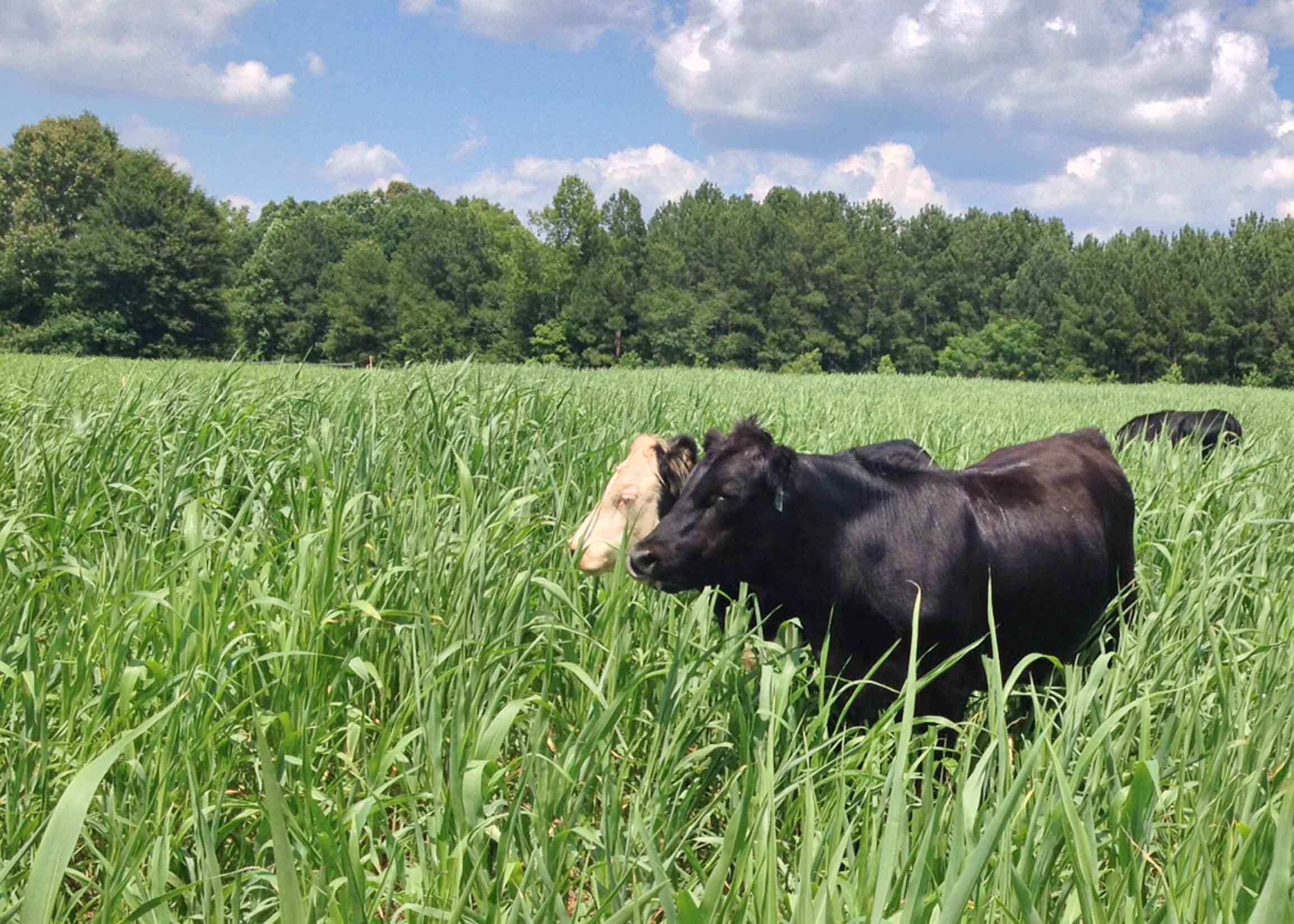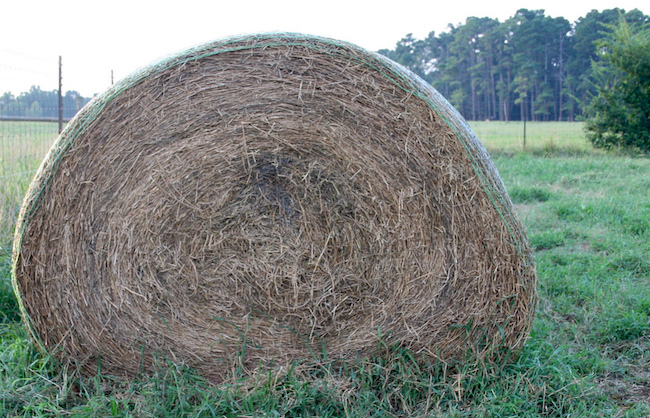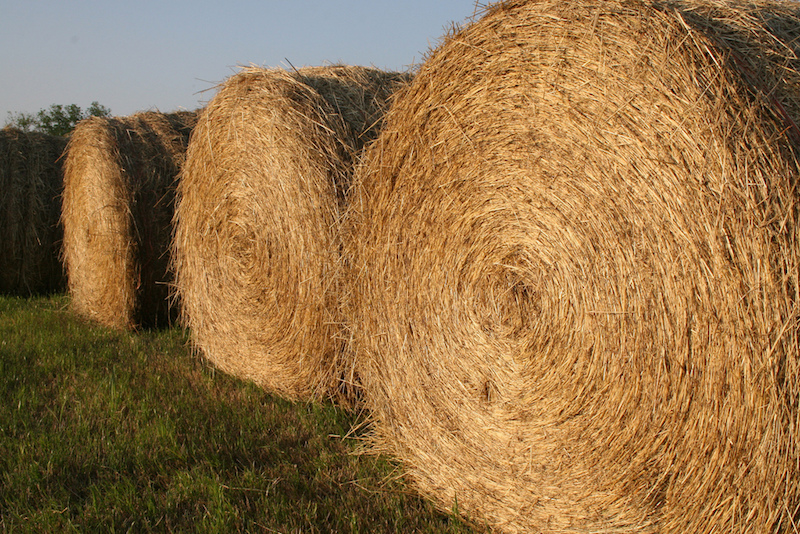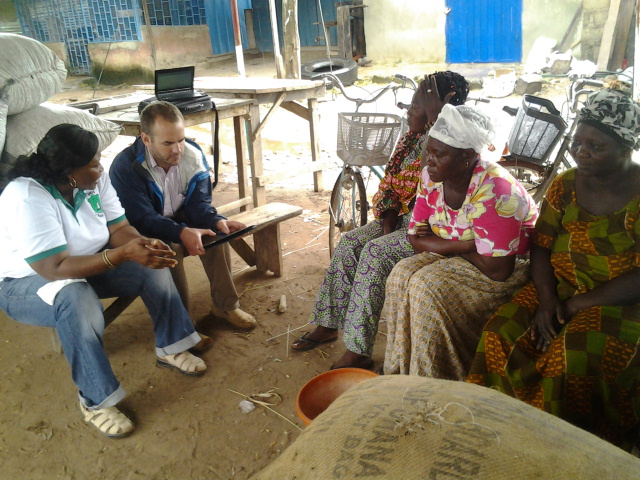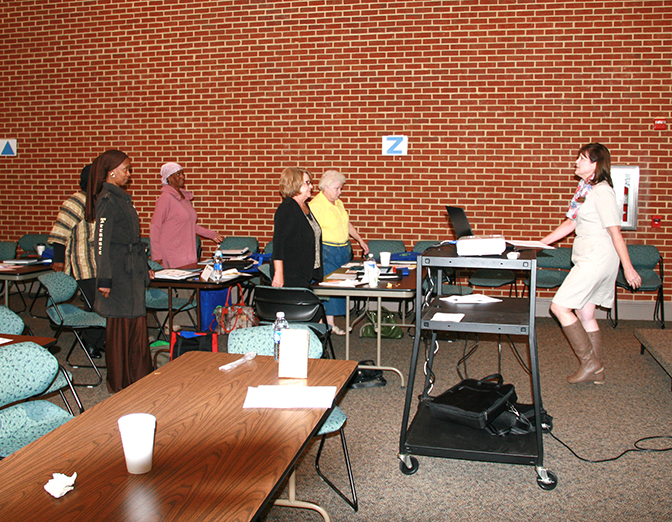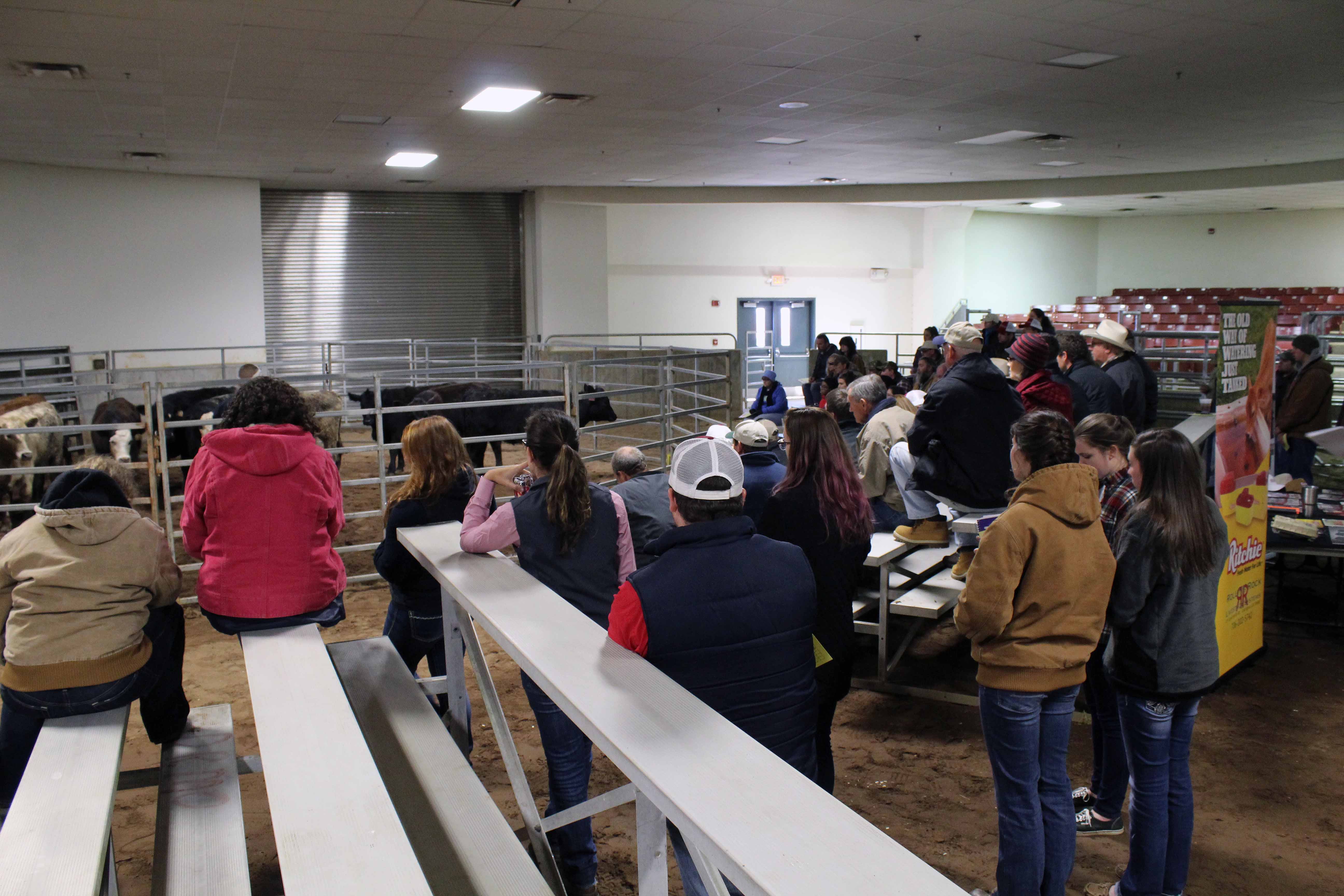 CAES News
CAES News
Beef Short Course
From an economic forecast to cattle genetics, researchers and University of Georgia Cooperative Extension specialists from the UGA College of Agricultural and Environmental Sciences provided a broad update on the latest beef cattle information this month to more than 100 beef cattle producers and UGA Extension agents at the university’s fifth annual Northeast Georgia Beef Cattle Short Course.

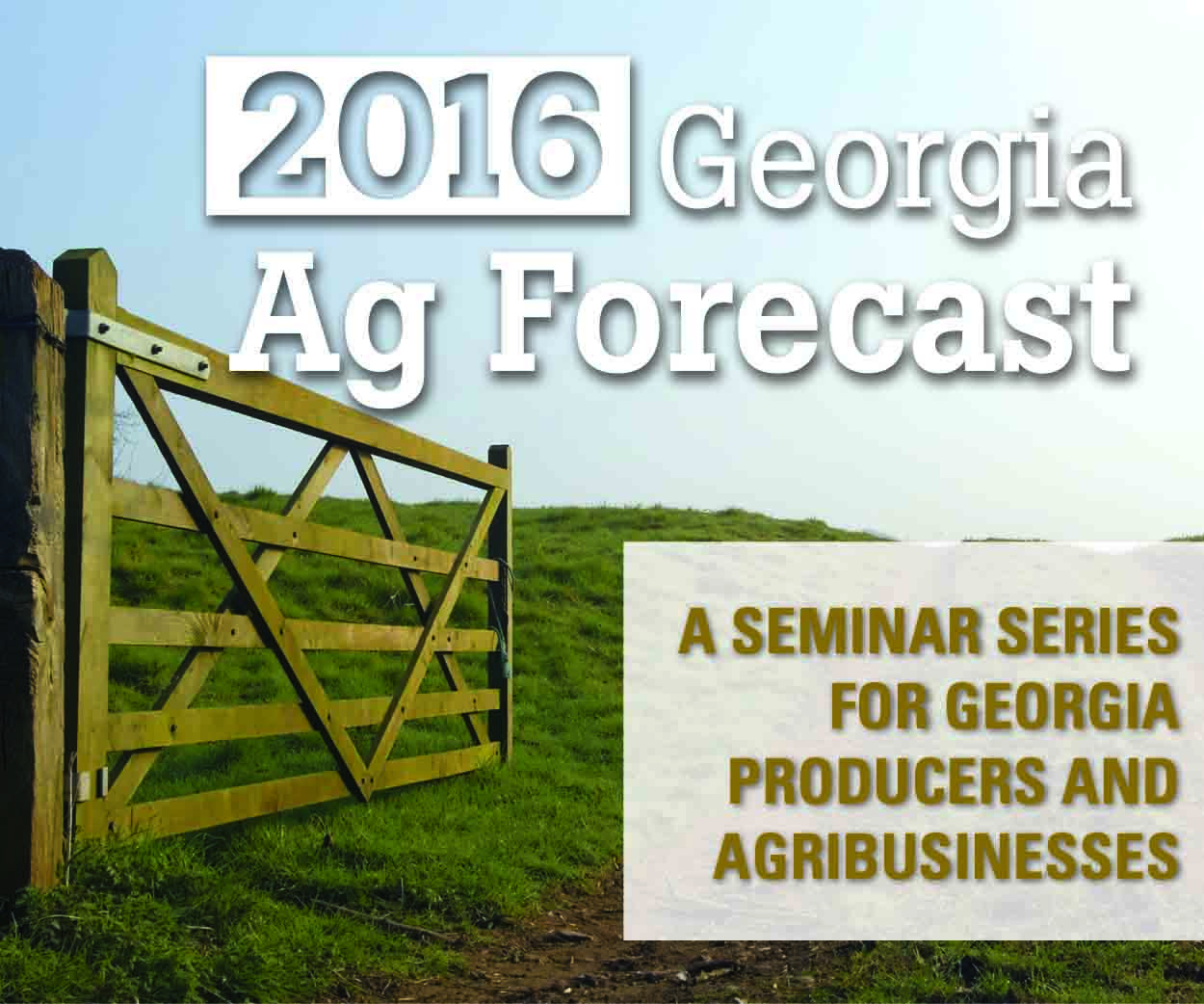
.jpg)
